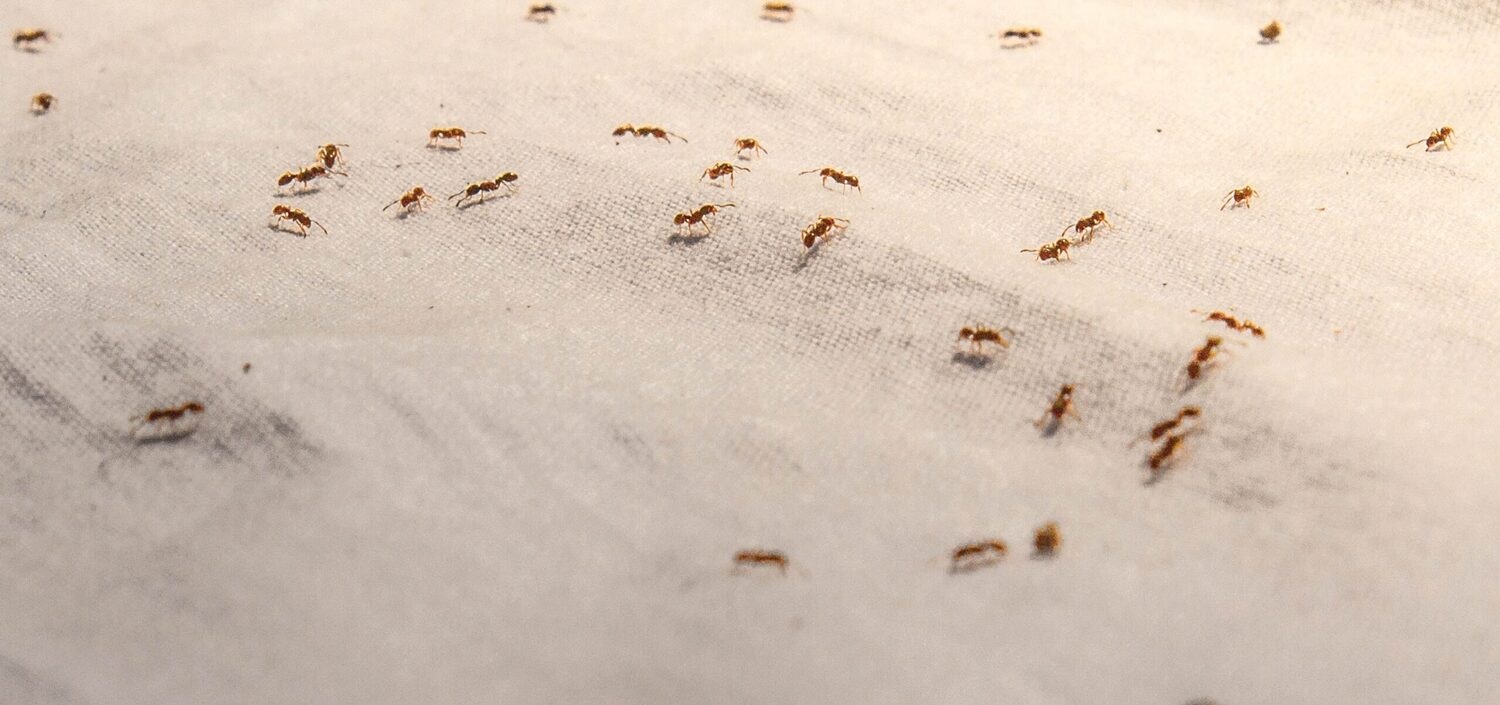Insects, accompanying their fascinating anatomy and complex behaviors, provide abundant ecological benefits. However, when they set to share our living spaces, the result maybe less than charming. Insect infestations in neighborhoods and gardens are more accepted than we’d like to admit.
While not all insects are hurtful, some can find significant well-being risks or property damage. This blog post dives into differing types of insect infestation and emphasizes their characteristics and potential resolutions.
The Unwelcome Guests: Common Household Infestations
· Cockroaches
Known carriers of diseases like Salmonella, these nightly insects can start allergies and asthma-indifferent individuals. Effective administration often includes maintaining cleanness and sealing entry points, but consistently professional extermination should be.
· Ants: The Marching Menace
Ants are social insects that can fast overrun a characteristic. They enter homes in search of food, demonstrating trails from their nests to the source. While most ants are more of an displeasure than a threat, builder ants can cause significant structural damage by delving into wood.
Identifying the type of restlessness is crucial for determining the appropriate control measures, that may involve baiting systems or unaffected repellents.
· Termites: The Silent Destroyers
Termites are perhaps ultimate dreaded of household contagions. They feed on cellulose in wood, potentially provoking extensive damage to houses.
Garden Guests Gone Wild: Outdoor Infestations
· Aphids: The Sap-Sucking Pests
Aphids are slight insects that consume plant sap, frequently superior to distorted growth and reduced yields in flowers. They reproduce energetically, creating thick communities that attract additional pests like ants. While insecticidal soaps and neem oil can be influential, promoting instinctive predators such as ladybugs can further help control bug populations.
· Japanese Beetles: The Leaf Defoliators
These beetles are known for their hungry appetite for plant leaves, leaving skeletonized leaves in their wave. Japanese beetles can cause main damage in a short time, specifically to roses and product trees.
Handpicking and utilizing traps can help manage their numbers, while sunny birds and favorable insects can hold their communities in check.
· Cutworms: The Nighttime Nibblers
Cutworms are caterpillars that devour the stems of young plants at ground level, often nasty them below completely. These viruses perform after dark, making first-glance inspections crucial for detection. Protective collars about plant stems and tilling the soil to upset their life cycle may be effective control measures.
Conclusion
Understanding the types of bug infestations is the first step in useless prevention and administration. While infestations may be challenging, they are not impossible with informed approaches and timely invasions.
Insects are a natural and important part of our realm, but they don’t should be part of your home. By staying vigilant and informed, you can maintain these tiny beings in their rightful place—outside.







